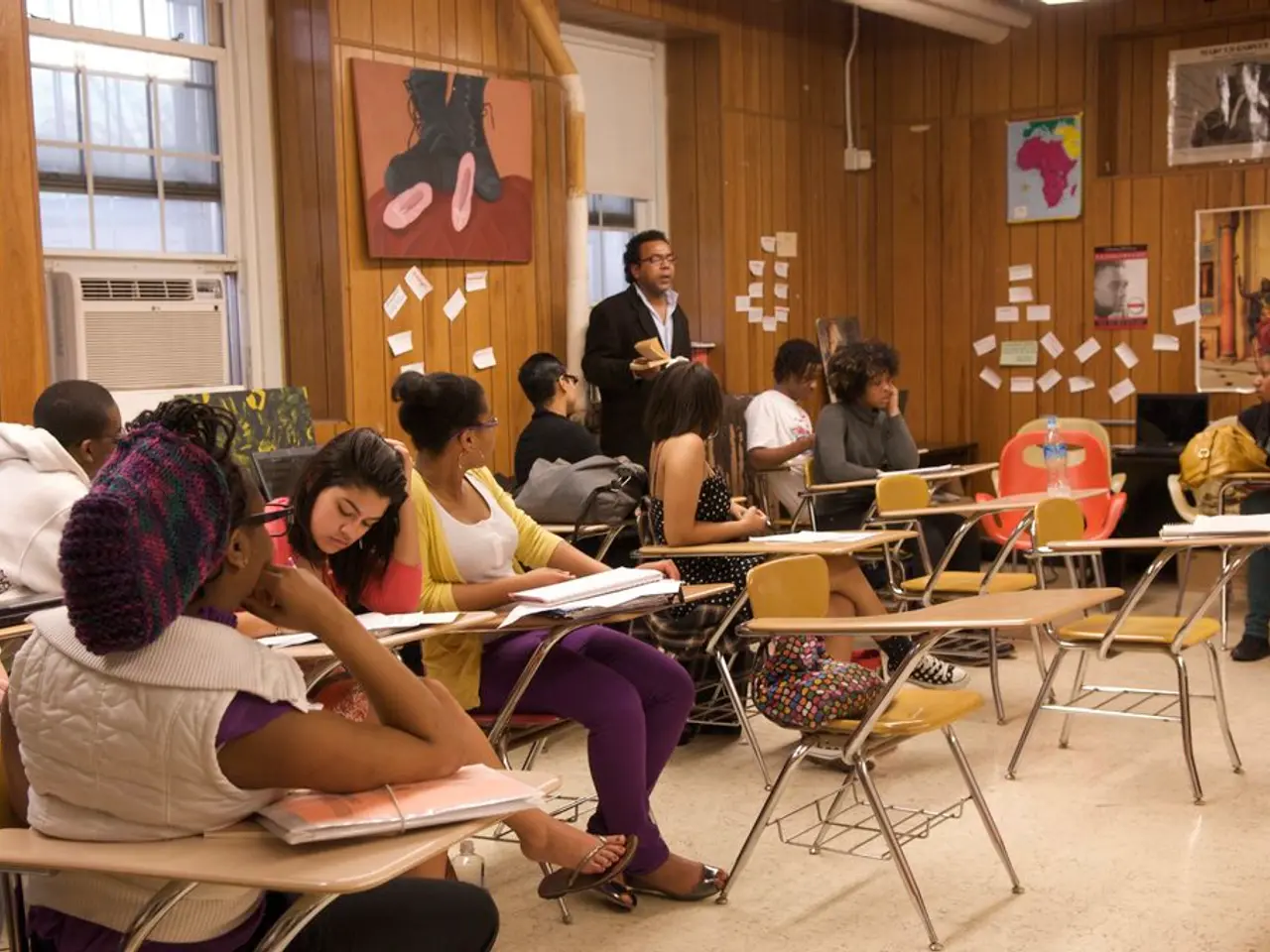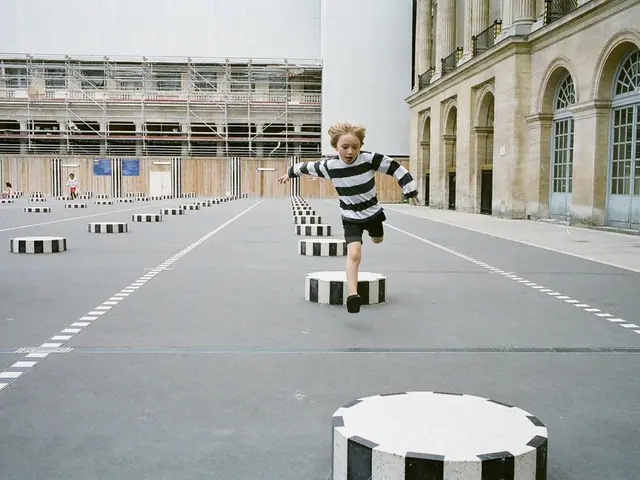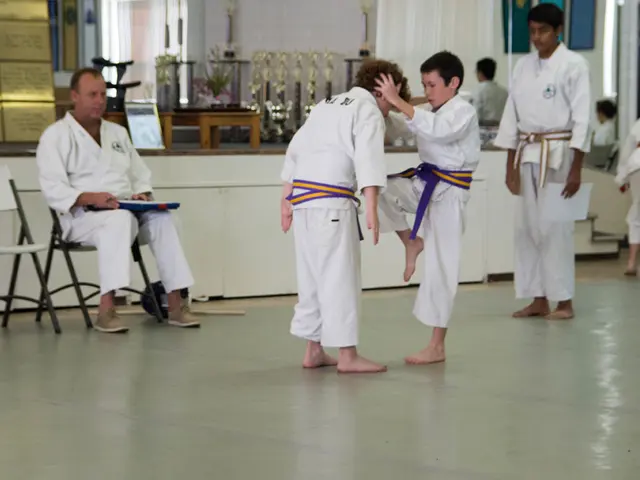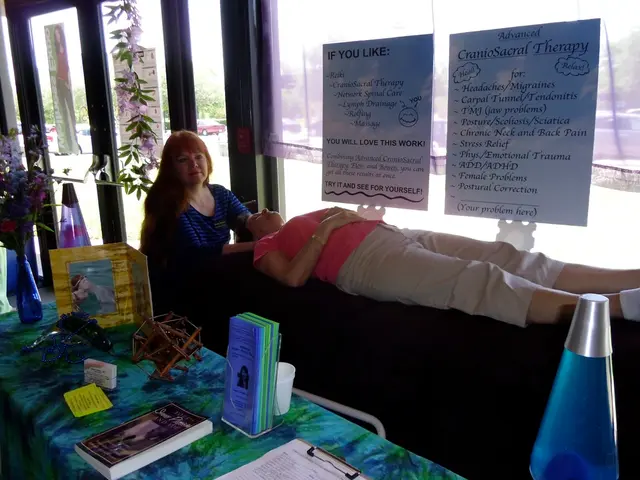The Ineffectiveness of Rote Learning and Alternative Strategies
In the realm of education, a paradigm shift is underway, moving away from traditional rote learning towards methods that foster understanding, critical thinking, and creativity. This change is essential for preparing students to navigate the complexities of the modern world with confidence and innovation.
Rote learning, a method based on repetition, has been a staple in education for centuries. However, it's been shown to have lower retention rates compared to alternative methods like the Memory Palace. This approach, which mainly uses short-term memory, can lead to forgetting what was learned, and it's linked to depression, burnout, and less ability to think critically. Moreover, rote learning can hinder critical thinking and problem-solving skills, leading to passive learning and limited knowledge application.
Modern education is recognizing these drawbacks and is moving towards methods that promote understanding and engagement. These alternatives emphasize personalized, inquiry-driven, collaborative, and active experiences.
One such approach is Individualized Learning, which tailors instruction to a student’s strengths, learning styles, and interests. This approach encourages creativity and critical thinking by enabling students to learn at their own pace and revisit concepts without fear of failure.
Inquiry-Based Learning (IBL) engages students in asking questions, formulating hypotheses, conducting investigations, and reflecting on their learning. IBL fosters curiosity, creativity, and critical thinking while supporting lifelong learning skills.
Collaborative Learning, where students discuss, problem-solve, and share ideas, nurtures social skills, creativity, and deeper understanding. This environment values teamwork over competition, providing rich opportunities for dialogue and peer-supported learning.
Hands-On Learning involves active engagement through experiments, building, arts, and real-life projects. These kinesthetic activities spark creativity and accommodate different learning modalities.
Social-Emotional Learning (SEL) integrates emotional regulation, empathy, and communication skills into education. SEL supports a positive learning environment where creativity and critical thinking can flourish.
Problem Solving and Problem Posing, especially in subjects like math, encourages students to not only solve problems but also create their own. This nurtures original thinking and creative approaches.
To keep memories long-term, understanding and practicing recalling them deeply is necessary. Methods like active recall, testing yourself over and over, are key to learning well, leading to better grades and saving time. Experts recommend personalized learning plans that combine various teaching methods for optimal results.
Gamification, making learning fun by adding game elements, keeps students interested and helps them learn better. The Multisensory Integration Approach Model (MIAM) helps teachers use this method in class. By using many senses, teachers can make learning more engaging and diverse, helping students remember better and understand deeper.
However, the pandemic has added to students' stress, making things worse. To combat this, it's crucial to address anxiety in academic performance. Anxiety can lead to performance anxiety, less motivation, and less confidence in learning. Methods like mind mapping, which helps students organize and connect ideas, can boost understanding and problem-solving skills.
In conclusion, while memorization is part of learning, it shouldn't be the main focus. Mechanical memorization has hidden costs that can harm a child's education and growth. By shifting towards methods that promote understanding, critical thinking, and creativity, we can equip our students with the skills they need to thrive in the 21st century.
[1] Hmelo-Silver, C. E. (2004). Problem-based learning: A critical analysis. Educational Psychologist, 39(1), 23-42. [2] Jonassen, D. H. (1995). Cognitive tools for problem-based learning. Educational Technology, 35(1), 6-18. [3] Johnson, D. W., Smith, K. A., & Holubec, M. (1991). Active learning: Cooperative learning groups. ASHE-ERIC Higher Education Report, (1), 1-40. [4] Schwartz, D. L. (1994). Problem solving and problem posing: The role of ill-defined problems in mathematics education. Journal for Research in Mathematics Education, 25(6), 589-613. [5] Tipton, E. (2008). Inquiry-based science education: A review of the research. Review of Educational Research, 78(3), 409-445.
Play strategies and education-and-self-development can be intertwined through methods like Inquiry-Based Learning (IBL), which encourages personal-growth by engaging students in asking questions, formulating hypotheses, conducting investigations, and reflecting on their learning. Such an approach fosters curiosity, creativity, and critical thinking while supporting lifelong learning skills.
Moreover, personalized learning plans that combine various teaching methods, such as active recall, testing, collaborative learning, and hands-on learning, are essential for learning and personal-growth, leading to better understanding, critical thinking, and creativity—key components for success in the modern world.








